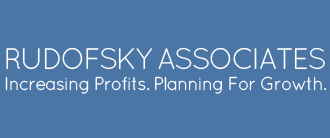Key Marketing Practices for Start-ups
Marketing
Knowing how (and where) to look for help
Marketing has become a very specialized field, and there are talented resources available to start-up businesses in each of these specialty areas: Branding, Public Relations, Website Design/Development, Social Media, Search Engine Optimization, Market Research, and eCommerce Business Development. Because there is so much more specialization for outsourced marketing help than for say outsourced financial resources, it is important that the start-up business owner have a point of view on what type of marketing resource he or she needs.
Starting with a marketing generalist might be a good first step – someone who can assess the business’ marketing needs, and what elements of marketing will be most gainful.
That said, a start-up business owner who can answer the questions listed below for him or herself will have a more fruitful first conversation with a marketing generalist.
- What is special about the product/service versus existing offerings? What characteristics will attract customers away from competitors?
- How could that specialness best be conveyed to potential customers, i.e., through branding, packaging, website, testimonial by “influencers”, word of mouth across peer networks, or point-of-purchase materials?
- Would sales be best driven through more of a “push” or “pull” strategy?
- Push — contact potential customers/distributors one-by-one to close sales. A push strategy would be sales intensive, so it could be that marketing spending needs to be kept minimal, to preserve budget for sales commission, brokerage fees, etc.
- Pull — Create consumer awareness and demand so they will seek out a way to purchase product/service. A pull strategy would be marketing intensive.
- Hybrid — Do some of both
If an owner is prepared with answers to these questions, the conversation with a marketing generalist should go quickly and either confirm, deny, or enrich the owner’s perspective. It is also possible that if an owner feels they have a particularly strong perspective on these questions then they may be able to save money and time by serving as their own “marketing strategist” and deciding on their own which strategy to employ and which specialized area of marketing is the one which would give them the best results for the spend.




